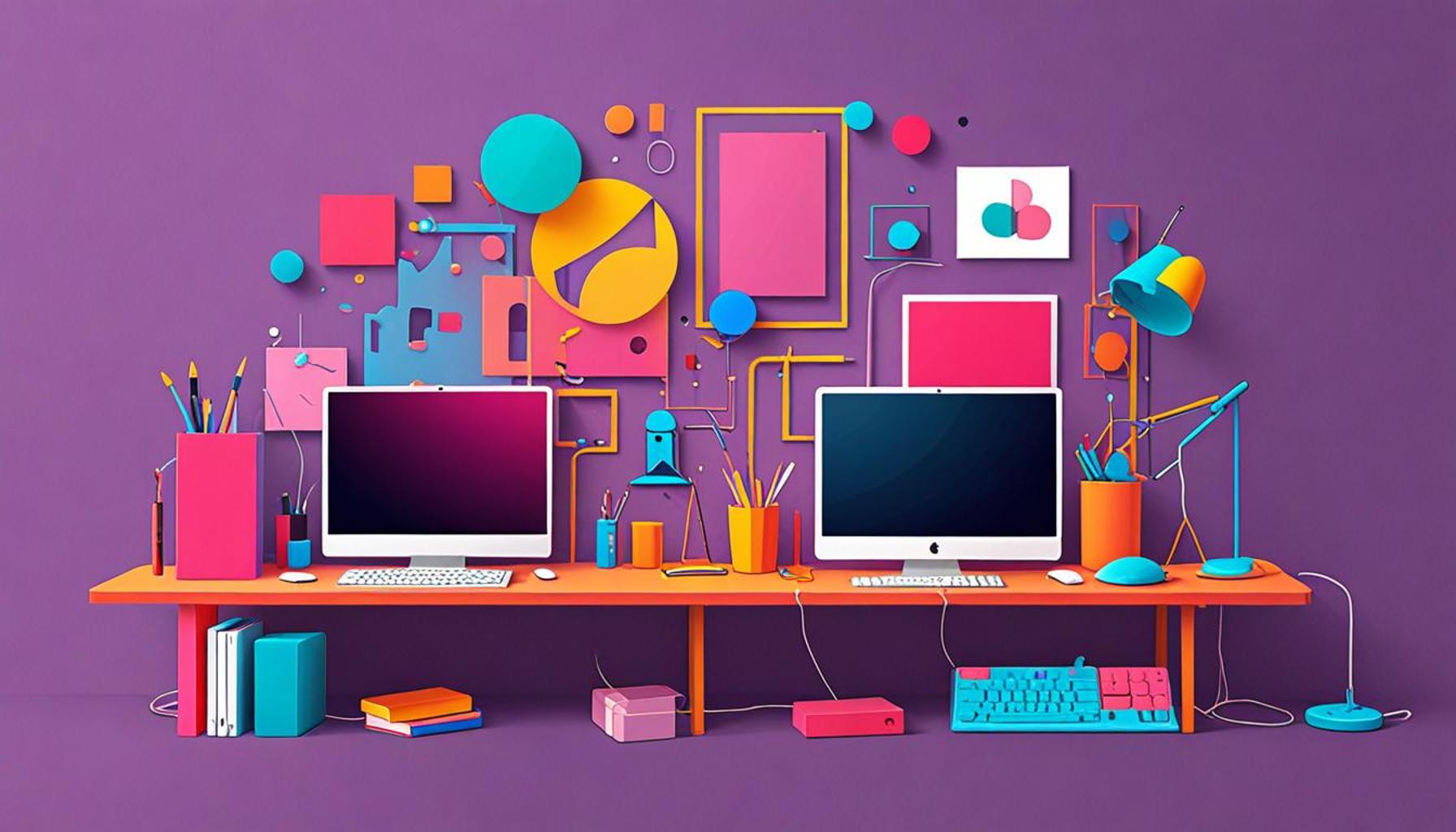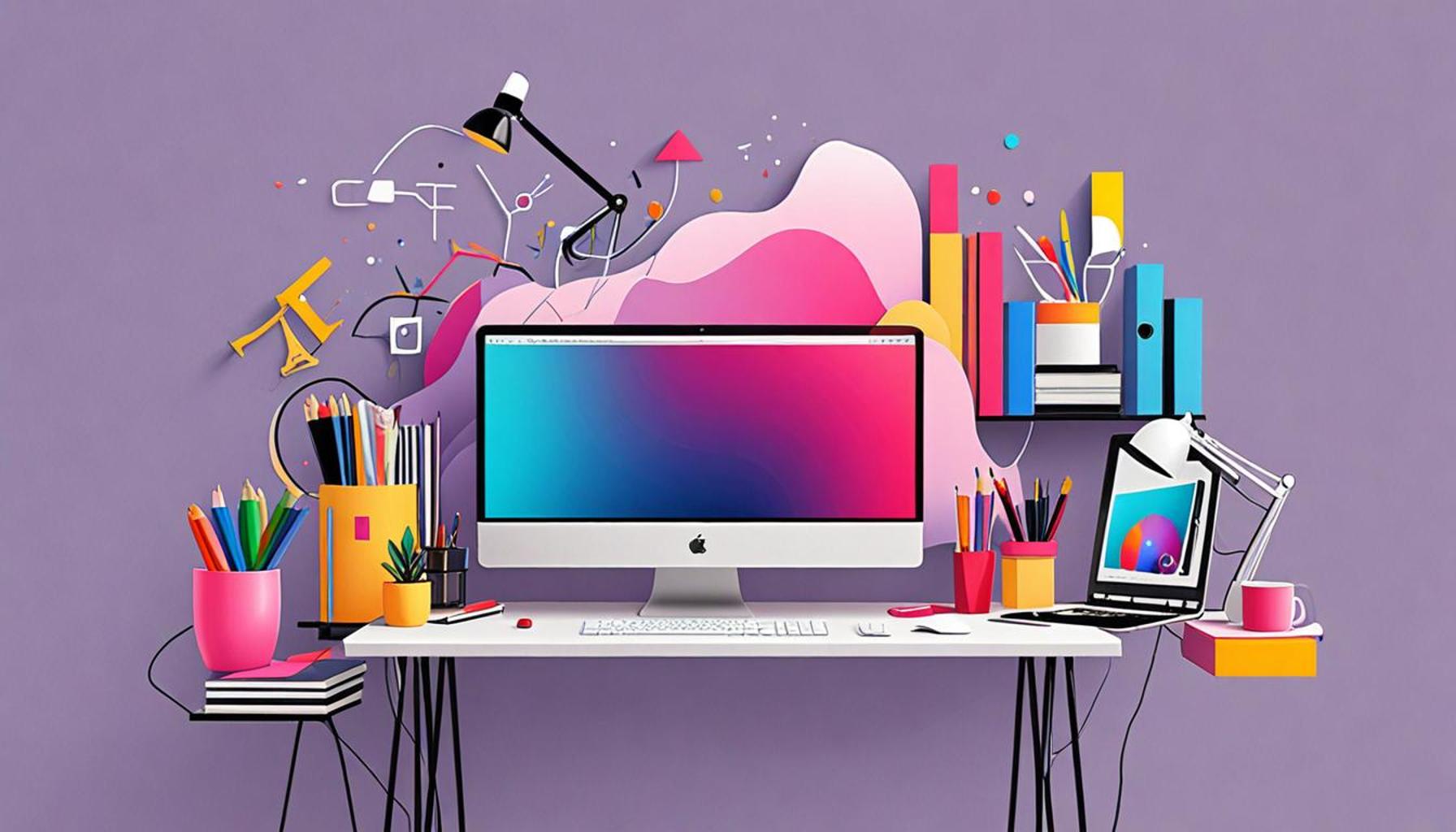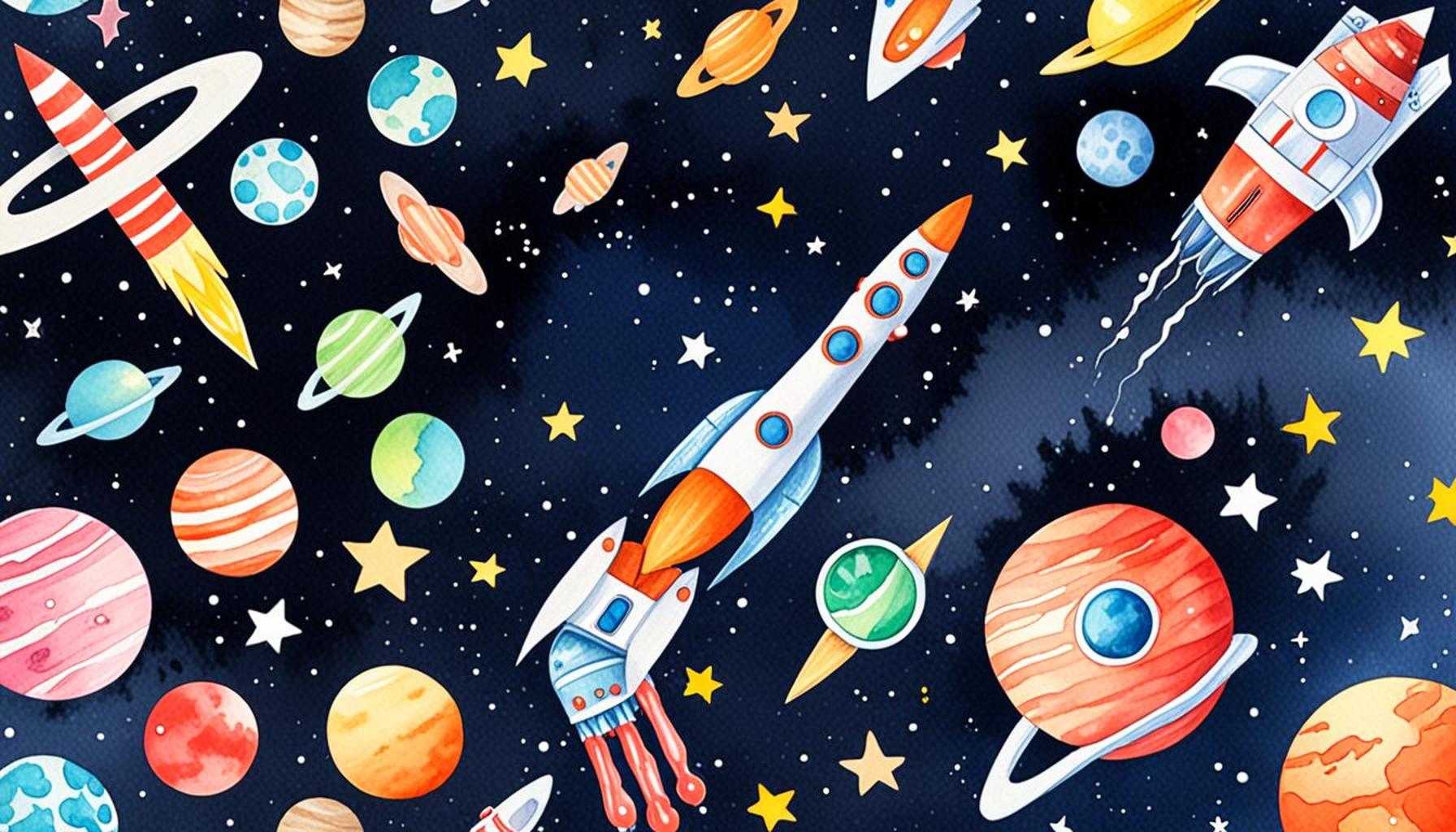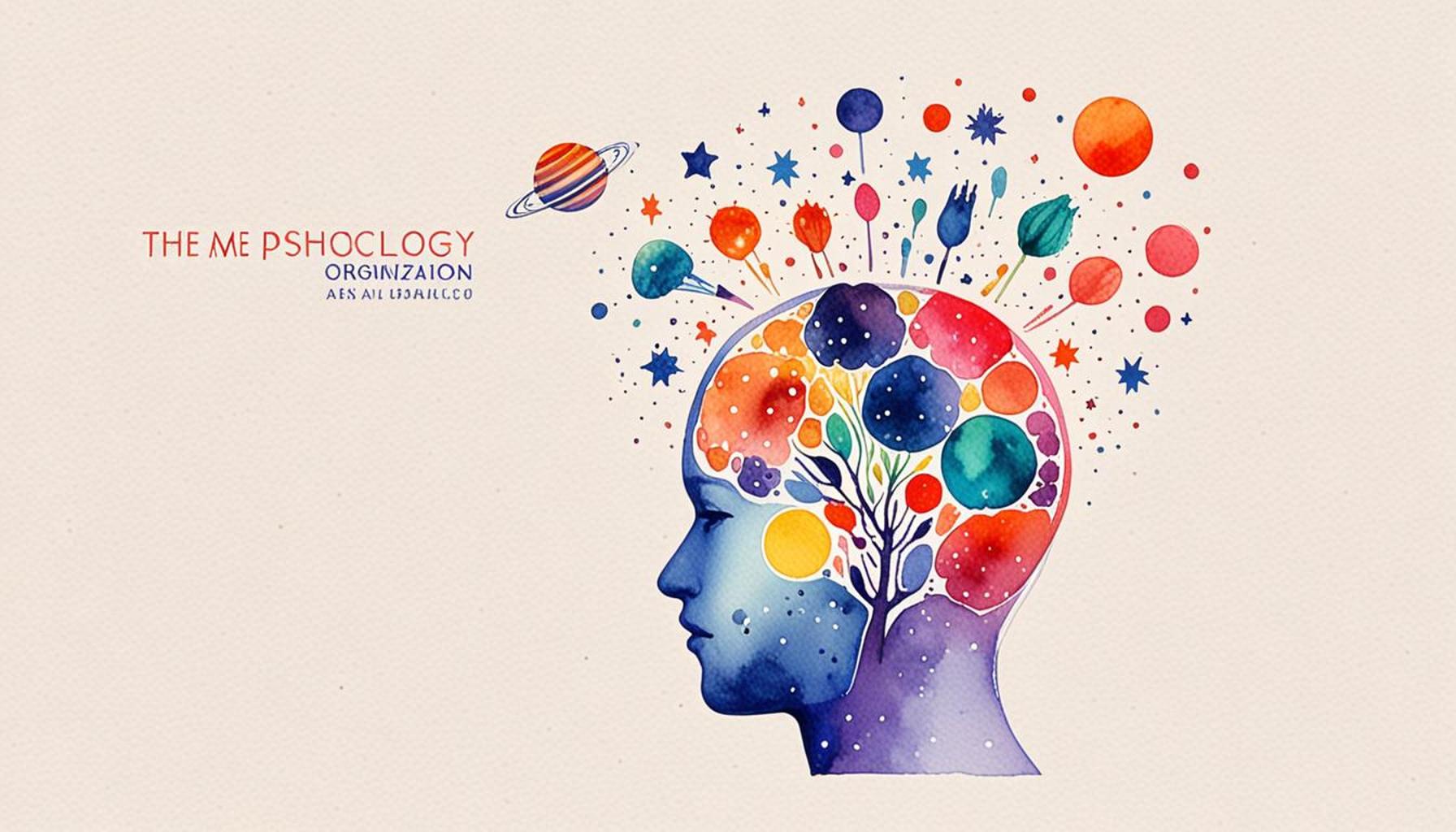Digital Minimalism: How to Organize Virtual and Physical Space for Greater Clarity

Understanding Digital Minimalism
In an age when the average American checks their phone more than 100 times a day, the concept of digital minimalism becomes increasingly relevant. More than just a trend, this philosophy helps individuals navigate the overwhelming waves of information that bombarded them constantly. As technology becomes more integrated into our lives, it’s essential to find ways to balance connectivity with our personal well-being.
At the heart of digital minimalism is the principle of quality over quantity. This means reevaluating our relationship with technology and determining what truly enhances our lives rather than obscures it. The concept encourages individuals to engage in deep reflection about their digital habits and their effects on overall happiness and productivity. For instance, many people may find themselves mindlessly scrolling through social media, which contributes little to their fulfillment. Instead, digital minimalism invites us to focus on digital interactions that foster growth, learning, and connection.
Core Components of Digital Minimalism
To embark on this journey, several core components stand out, each providing a pathway to a more intentional and purposeful digital experience:
- Decluttering your devices: Take time to go through your smartphone, tablet, or computer, and identify unused applications that take up space and attention. The removal of these distractions will help streamline your digital workspace, leading to a more focused user experience.
- Prioritizing tasks: Implement productivity tools that simplify your daily activities without overwhelming you. For example, applications like Todoist or Trello can enable effective task management while eliminating unnecessary notifications that disrupt focus.
- Physical space organization: A cluttered digital environment often results from a chaotic physical space. Organizing your workspace—whether it’s a home office or a study nook—can enhance mental clarity, making it easier to concentrate on the tasks at hand.
These practices serve not only to improve productivity but also play a significant role in promoting mental clarity. As you curate your digital experiences, you’ll gradually regain control over how you spend your time and what captures your attention. This intentional approach aids in combating the feeling of being perpetually overwhelmed, often experienced in today’s technology-dominated culture.
Begin Your Digital Minimalism Journey
Curious about how to start incorporating digital minimalism into your life? Begin with small, manageable steps. Dedicating an hour to decluttering your devices this week sets the stage for longer-term changes. You can also choose one area in your physical environment to organize or redefine, allowing you to create a calm setting that enhances your ability to focus and innovate. With each step taken, you will uncover the true potential of a minimalistic approach in a bustling digital landscape.
Ultimately, the journey toward digital minimalism is about empowering yourself to make choices that enrich rather than detract from your life. By focusing on strategies that resonate with you, you will forge a path towards clarity amid the noise, leading to a more fulfilling and purposeful existence.
DIVE DEEPER: Click here to discover how minimalism can enhance your personal time
Navigating the Digital Landscape
In our increasingly digitized world, the boundaries between our virtual and physical environments have become blurred. The phenomenon of digital minimalism emerges as a solution to this tangled web of distractions and information overload. Central to this philosophy is the understanding that while technology can enhance our lives, unchecked usage can lead to chaos both online and offline. To achieve greater clarity, one must actively engage in restructuring their surroundings and habits, fostering a harmonious balance between digital conveniences and mental peace.
The first step in this transformative journey is to recognize the distraction factors lurking in our everyday routines. It’s all too easy to fall into the trap of constant connectivity, where notifications from social media, emails, and apps compete for our attention. A staggering report by the National Center for Biotechnology Information reveals that distractions can cost knowledge workers up to 28% of their workday—roughly two hours a day. This statistic underscores the importance of establishing boundaries to create a more productive and intentional environment.
Strategies for Digital Cleanup
To reclaim your time and energy, consider employing the following strategies that align with the principles of digital minimalism:
- Evaluate your digital subscriptions: Regularly assess both paid and free subscriptions to streaming services, news outlets, and newsletters. Cancel those that no longer serve a purpose or that clutter your inbox, allowing room for more meaningful content.
- Set time limits: Utilize built-in features on devices to establish digital well-being limits. For example, iOS and Android offer settings that allow you to monitor and restrict time spent on specific applications, empowering you to take charge of your screen time.
- Create a dedicated workspace: Designate a specific area in your home that is free from distractions for focused work. This not only helps with concentration but also creates a physical cue that signals your mind when it’s time to be productive.
Adopting these digital cleanup strategies can significantly enhance your efficiency and focus. With a streamlined digital landscape, you will find it easier to prioritize activities that add value to your life, essentially trademarking your personal space with intentionality and purpose.
Reimagining Physical Space
Just as important as decluttering your digital existence is the organization of your physical surroundings. A cluttered desk or room can lead directly to a cluttered mind. Research suggests that a tidy environment fosters enhanced concentration and creativity. Consider taking the time to declutter your physical space by:
- Removing unnecessary items: Clear out objects that no longer serve a purpose or bring you joy. This practice not only creates more space but also elevates your mood.
- Implementing storage solutions: Utilize boxes, bins, or filing systems to keep essential documents and materials organized. A categorized setup minimizes distractions and simplifies your work process.
- Promoting cleanliness: Establish a regular cleaning routine that maintains your organized space. A clean environment not only enhances productivity but also invites clarity and calmness.
By intentionally organizing both your digital and physical environments, you pave the way for improved mental clarity and a revitalized sense of purpose. Embracing digital minimalism offers a proactive approach to managing the complexities of modern life while fostering a deeper connection to the tasks and goals that truly matter.
Understanding Digital Minimalism
Digital minimalism is not merely a trend but a necessity in today’s fast-paced, information-saturated world. This philosophy advocates for the intentional use of technology that enriches your life while eliminating distractions. By focusing on what truly matters, you can declutter both your digital and physical spaces, which ultimately enhances your clarity and productivity.
The Impact of Decluttering
The clutter in your digital life—apps, emails, social media accounts—often competes for your attention. Just like a disorganized desk can hinder your work, a chaotic digital environment can sap your focus. Adopting a digital minimalist approach allows you to remove unnecessary tools and platforms, making space for essential resources that genuinely contribute to your goals.
Organizing Your Physical Space
While digital decluttering is crucial, it should go hand in hand with organizing your physical environment. This means reassessing possessions and eliminating items that do not serve a clear purpose. Create a workspace that promotes greater efficiency and comfort—this combination is key to achieving optimal clarity in both realms. The essence of digital minimalism is about cultivating an environment, both virtual and tangible, that fosters creativity and well-being.
| Advantages | Description |
|---|---|
| Enhanced Focus | Minimizing distractions leads to better concentration on tasks that matter. |
| Less Stress | A decluttered environment fosters a sense of calm and reduces anxiety. |
| Improved Productivity | Organized spaces encourage efficiency and drive better work performance. |
DIVE DEEPER: Click here to uncover minimalist techniques
Fostering Mindfulness in a Tech-Savvy Age
As we delve deeper into the principles of digital minimalism, it becomes evident that it encompasses not only organization but also mindfulness in our engagement with technology. Mindfulness fosters awareness of our habits and encourages us to be purposeful with our digital consumption. This approach is particularly pertinent in a culture inundated with distractions, where the average American adult spends around 11 hours a day interacting with media. Mindfulness can act as a beacon of clarity amid this digital deluge.
Implementing Mindful Digital Practices
Adopting mindfulness in your digital interactions begins with a few deliberate practices:
- Schedule tech-free zones: Establish periods during your day where technology takes a backseat. Whether it’s during meals, family time, or an hour before bed, creating boundaries around your tech usage allows for deeper connections with those around you and helps recharge your mental landscape.
- Practice intentional consumption: Before clicking on a link or diving into social media, ask yourself whether this action aligns with your goals or adds value to your life. Prioritizing content that inspires, educates, or motivates rather than mindless scrolling can dramatically shift your online experience.
- Engage in digital detox periods: Consider implementing regular digital detoxes—whether for a day, weekend, or even longer—to break the cycle of dependence on technology. This time can be spent engaging in hobbies, reading, or connecting with nature, paving the way for fresh perspectives and enhanced creativity.
By making these adjustments, you create a more intentional digital environment that reduces stress and increases clarity, allowing you to focus on what truly matters. This mindfulness approach does not mean abandoning technology altogether but, instead, using it more thoughtfully to enhance your existence.
Balancing the Digital-Physical Divide
The effort to achieve clarity is not solely confined to the digital sphere; it extends into our tangible environment. Understanding the interplay between digital and physical spaces can augment our quest for greater focus and intention. For example, a study published in the journal Environmental Psychology showed that the presence of clutter can suppress creativity and reduce productivity. Creating a cohesive balance between both realms involves:
- Synchronizing your spaces: Aim for a congruence between your digital and physical environments. If your desktop is neat and organized, strive for the same with your physical workspace. Use similar organizational methodologies, whether through file naming conventions or physical organization systems, to create a seamless experience across both domains.
- Utilizing digital tools for physical organization: Employ apps designed for inventory management or decluttering, which can help catalog your possessions and remind you to keep them in order. Not only do these tools streamline organization, but they also minimize the mental load by offering visual reminders.
- Creating a calming ambiance: Optimize your physical environment by integrating elements that encourage tranquility, such as plants, soft lighting, or artwork. These features promote a sense of well-being and can inspire mindfulness during moments when you engage with technology.
Incorporating these strategies empowers you to not only embrace digital minimalism but to leverage it in a way that enriches your overall quality of life. By fostering mindfulness in both digital consumption and physical organization, you create an environment ripe for creativity, productivity, and genuine connection.
DISCOVER MORE: Click here to dive deeper
Embracing Clarity through Digital Minimalism
In conclusion, the journey towards digital minimalism offers a transformative pathway to cultivate clarity in our lives. As we navigate an increasingly complex world dominated by technology, adopting intentional practices prioritizes both our virtual and physical environments, promoting mindfulness and reducing mental clutter. By establishing tech-free zones, practicing intentional consumption, and incorporating regular digital detoxes, we reclaim our time and purpose, turning our focus towards what truly matters.
Moreover, achieving harmony between our digital spaces and physical surroundings paves the way for enhanced creativity and productivity. Synchronizing organizational methods across both realms ensures a seamless flow, while tools designed for decluttering help manage our possessions effortlessly. As reported by various studies, cultivating a calming physical ambiance may even contribute to improved mental well-being, creating a conducive atmosphere for mindful engagement with technology.
Ultimately, embracing digital minimalism is not about relinquishing technology; rather, it’s about wielding it with intention. By reevaluating our relationships with digital devices and the spaces we occupy, we can clear the noise that hinders our focus. This clarity empowers us to live more authentically and engage in deeper connections with ourselves and others. So take the steps today to create a balanced digital and physical environment, and unlock the potential for a more intentional and fulfilling life.


